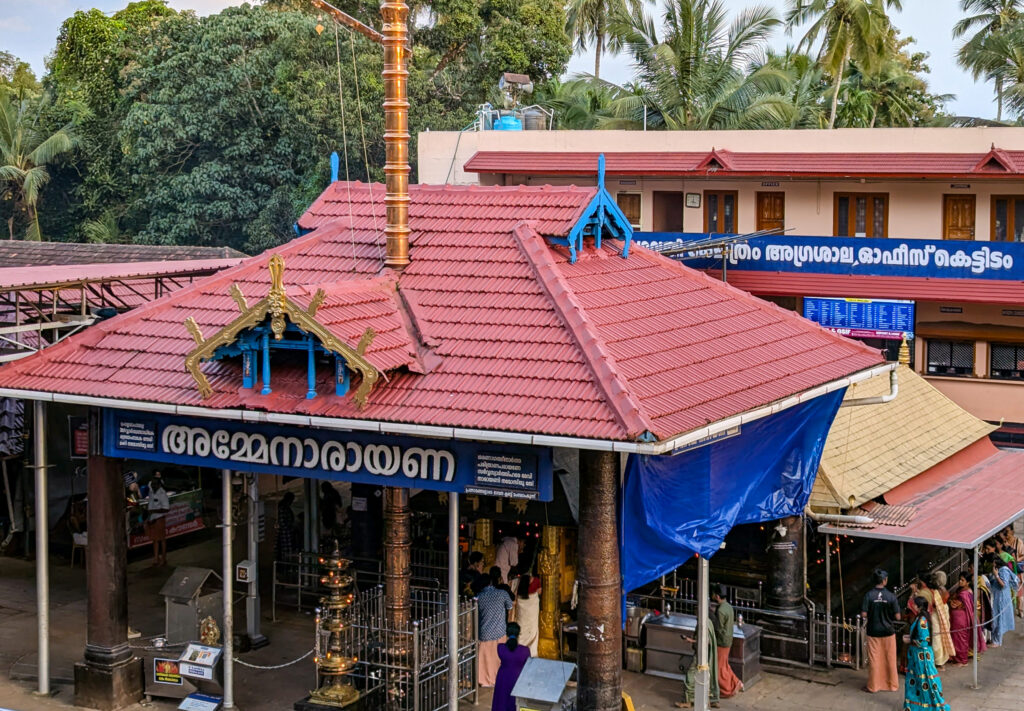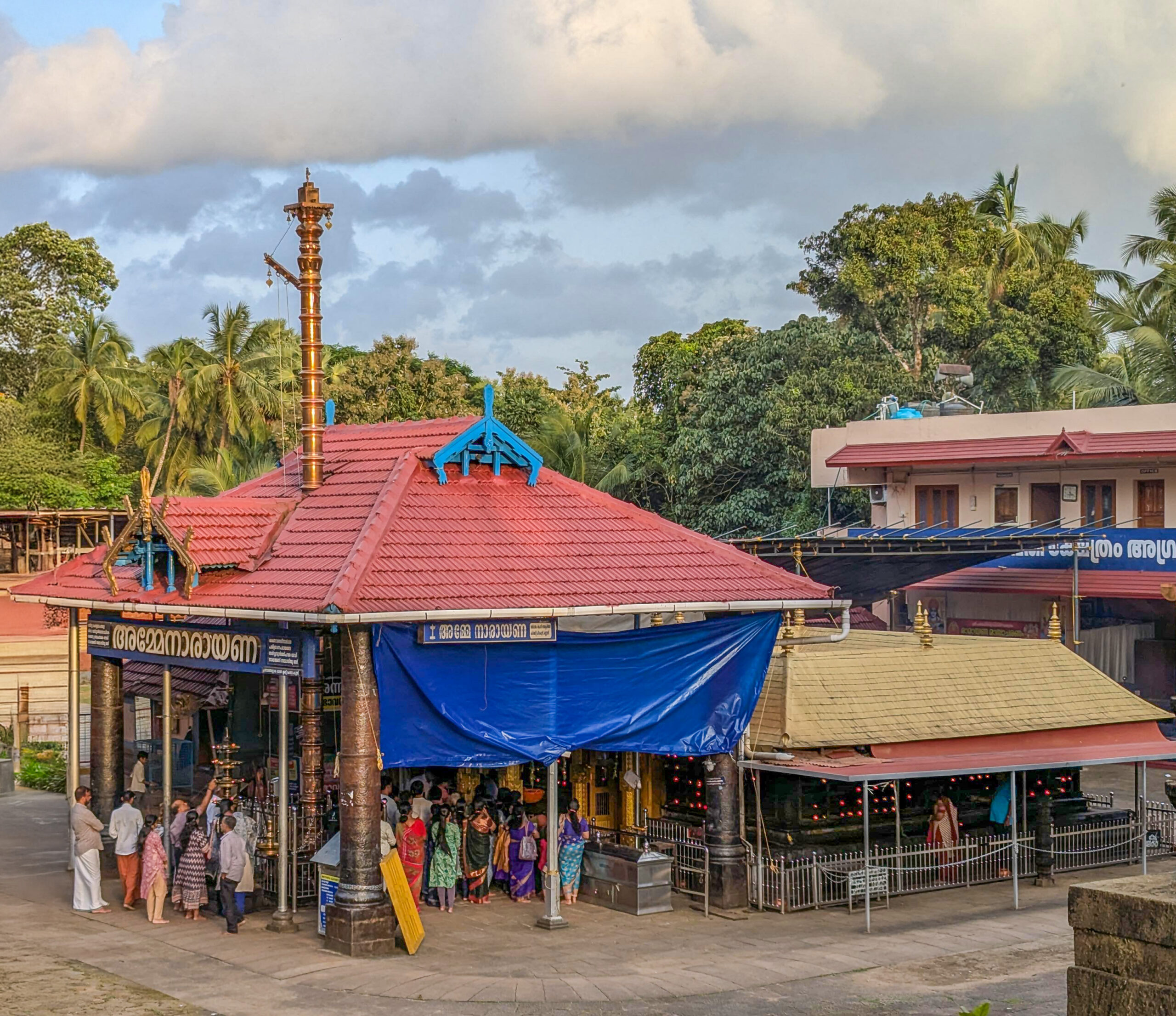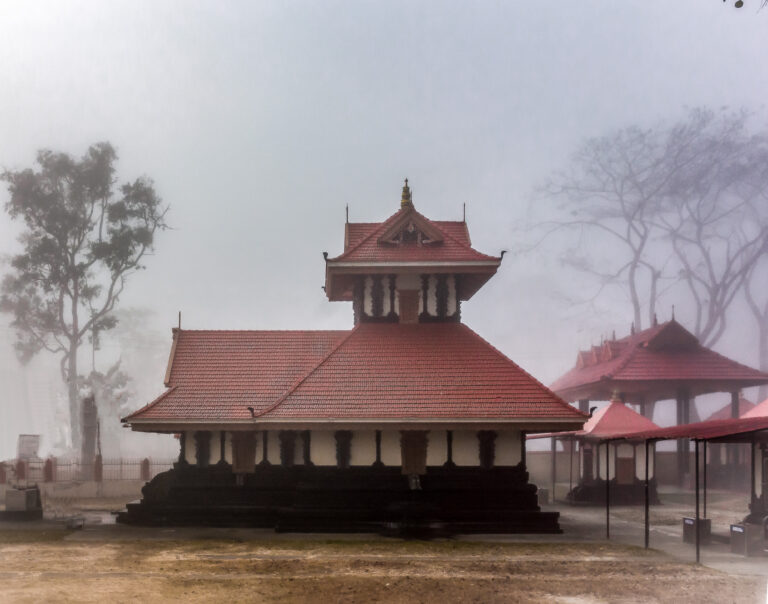Situated in the peaceful village of Kattukulam and surrounded by the lush greenery, Shree Pariyanampatta Bhagawathy Temple is one of the most worshipped Devi temples in the Malabar region of Kerala. What makes the temple truly unique is that the Bhagawathy is considered as the embodiment of Devi Saraswathy, Devi Bhadrakali and Devi Vana Durga. The Devi is also revered as the guardian goddess of 14 Deshams in the Valluvanadu region of Malabar, with a legacy that spans nearly 1400 years. The serene atmosphere and the profound sense of divine presence make the visit to this sacred temple a truly uplifting spiritual experience.
Location
Shree Pariyanampatta Bhagawathy Temple is located in Kattukulam, near Thiruvazhiyodu on the highway from Palakkad to Cherplacherry at a distance of 30KM from Palakkad. The temple also can be reached from Ottappalam which is approximately 17 KM away. Both Palakkad and Ottappalam have railway stations though some of the trains do not stop at Ottappalam. The nearest airport is Coimbatore around 100 KM from the temple.
History and Legend
The origin of Shree Pariyanampatta Bhagawathy temple dates back to nearly 1400 years. According to the legend, a Namboodiri (Brahmin) from Periyanampatta mana made a pilgrimage to famous Mookambika Temple in Kolloor of Karnataka. On his return journey, when he reached the small river near Pariyanampatta, he decided to take rest. When he opened his baggage, he was surprised to find that there was a Thidambu (idol of Bhagavathy) in it. Overwhelmed by this divine sight he decided to install and consecrate the idol at that place. The Thidambu was installed in the presence of the chiefs of 14 deshams of Valluvanadu and the temple constructed there got the name Shri Pariyanampatta Bhagawathy temple. The stream where the Namboodiri took rest is now the temple pond.
The Uniqueness of this temple
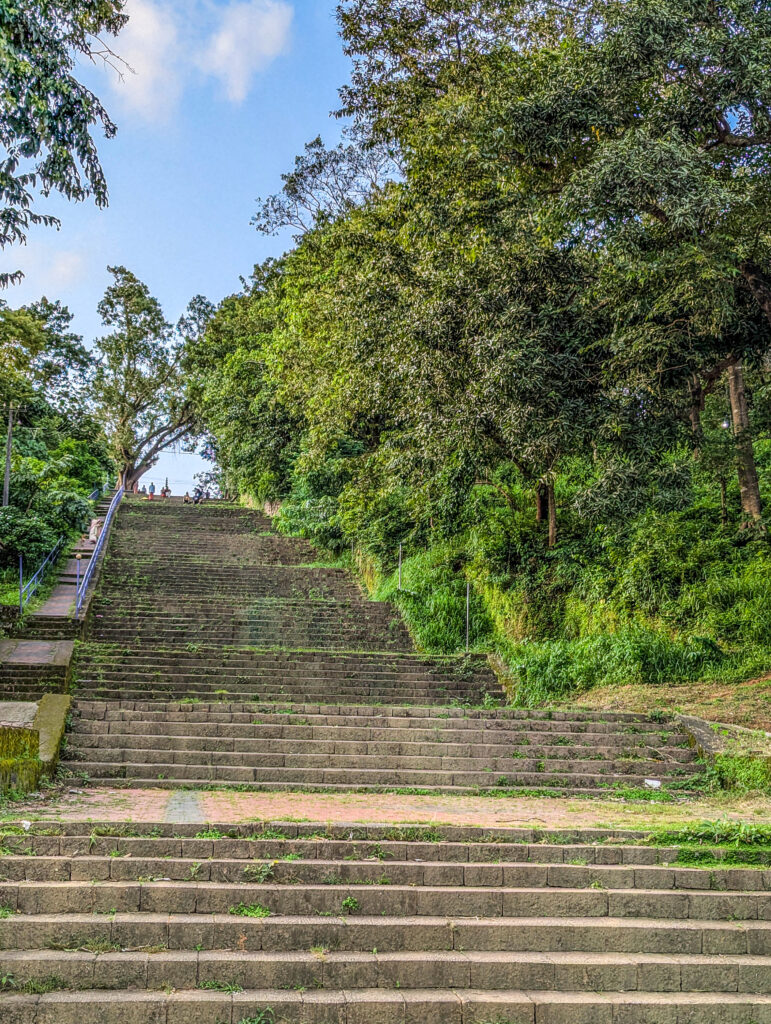
What makes this temple unique is the belief that the Bhagawathy is the embodiment of three Devis and manifests as Devi Saraswathy in the morning, Devi Bhadrakali at noon and Devi Vana Durga in the evening. This gives the temple a spiritual experience similar to Mookambika temple. Another specialty of the temple is the long and steep pathway of steps made of stone which devotees earlier used to walk down to reach the temple which is situated in a valley. Now a days there is a motorable road leading to the front of the temple. Being the goddess of 14 deshams makes Bhagawathy the family deity of devotees living in a vast area of Malabar region. Other deities in the temple are Ganaphthy, Bhairava and Nagas.
Rituals and festivals
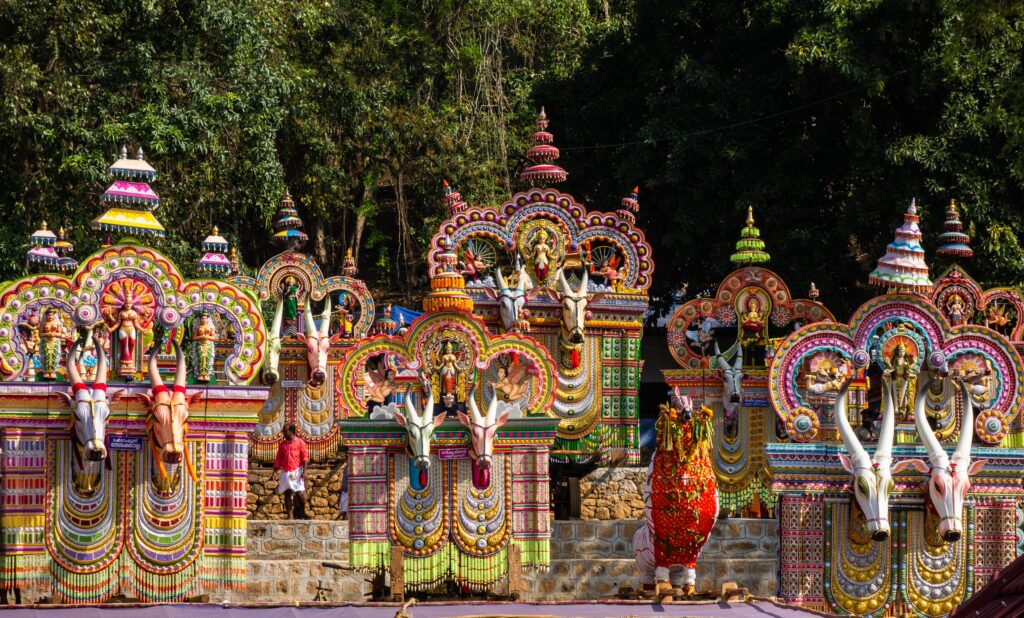
The Pooram festival, celebrated in Kumbam (February-March), is the main event here, drawing thousands of devotees. During Pooram, you can experience the full glory of rural art, music, and dance forms like Chavittukali, Pandi melam, Panchavadyam, Poothanas, Thira, Kuthira vela(Horse), and Kala vela(Bull).
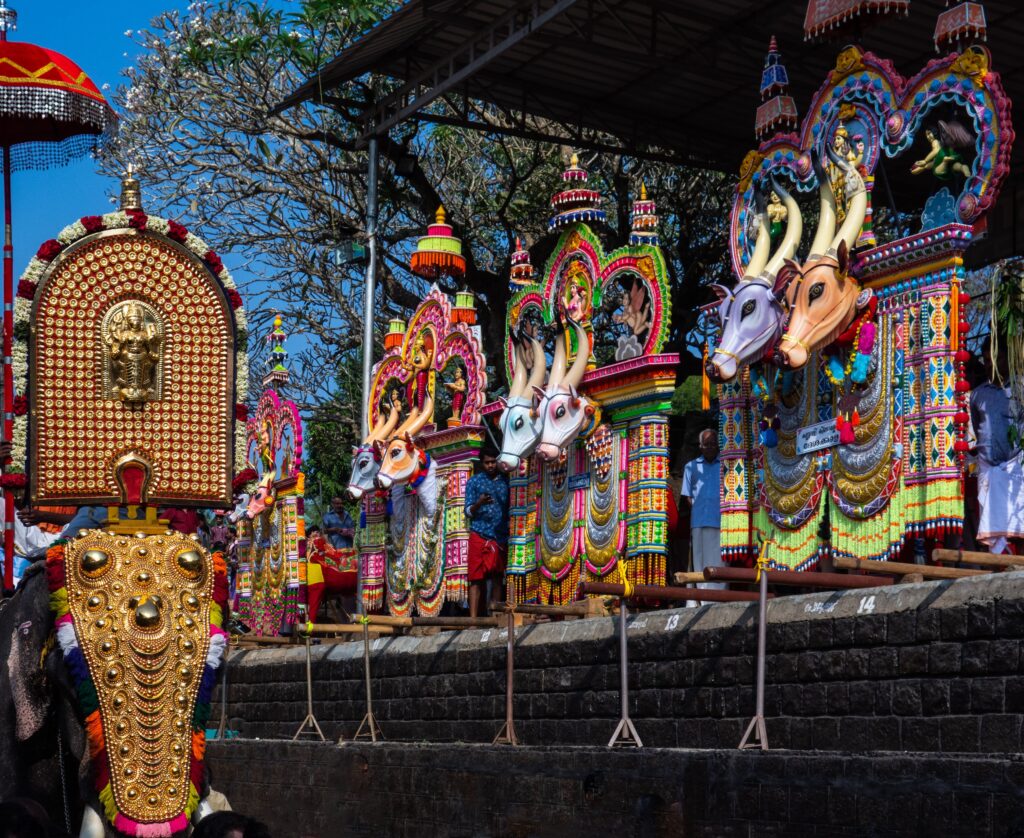
Urachal Vela, the harvest festival, is performed just before the Pooram festival, where a large number of huge, decorated pairs of bulls are carried and by devotees in a rhythmic dance, creating a truly beautiful spectacle.
Tholpavakoothu, which is a unique traditional shadow puppet show based on Ramayana, is also performed during festivals in this temple as an offering to the Devi Bhadrakali.
Poomoodal is a ritual where the Devi is adorned with flowers, symbolizing how Parvathi Devi transformed Arjuna’s deadly arrows into blossoms during his encounter with Shiva. Another elaborate ritual, Paana, is performed by devotees to appease the Devi, commemorating her slaying of Darika..
Kalampaatu is also performed as an offering to Devi by devotees for getting their wishes fulfilled. In this ritual, an exceedingly beautiful form of Devi is created using natural color powders. After this, a pooja is performed accompanied by a song sung depicting the tale of Darika vadham. I had the privilege of participating in Kalampattu and it was a profoundly uplifting experience.
Dress Code
Similar to other traditional temples in Kerala, the visitors are expected to wear clean, modest and traditional attire while entering Pariyanampatta temple. Men are expected to wear white or cream colored mundu (dhoti) with the upper body uncovered or draped in an angavastram. Women are also expected to wear traditional and clean cloths when visiting the temple. Though dress code is not enforced strictly during normal visits to the temple, strict adherence to the dress code is needed to participate in pujas and rituals especially inside the temple Mantapam.
Temple timings and poojas
The temple is open for devotees from 5AM to 11:15AM in the morning and 5PM to 7:15 PM in the evening. The daily poojas include Ganapathy Homam (5:30 AM), Usha Pooja (5:30AM) Ucha Pooja (10AM) Deeparadhana (6PM) Athazha Pooja (7PM). The list of poojas and online booking is available at the temple website (Click Here)
Conclusion
Shree Pariyanampatta Bhagawathy temple is one of the most powerful Devi temples in the Malabar region which reflects the vibrant cultural and spiritual tradition of the area. A visit to this temple is a profound spiritual and visual experience, especially during the festival times.
